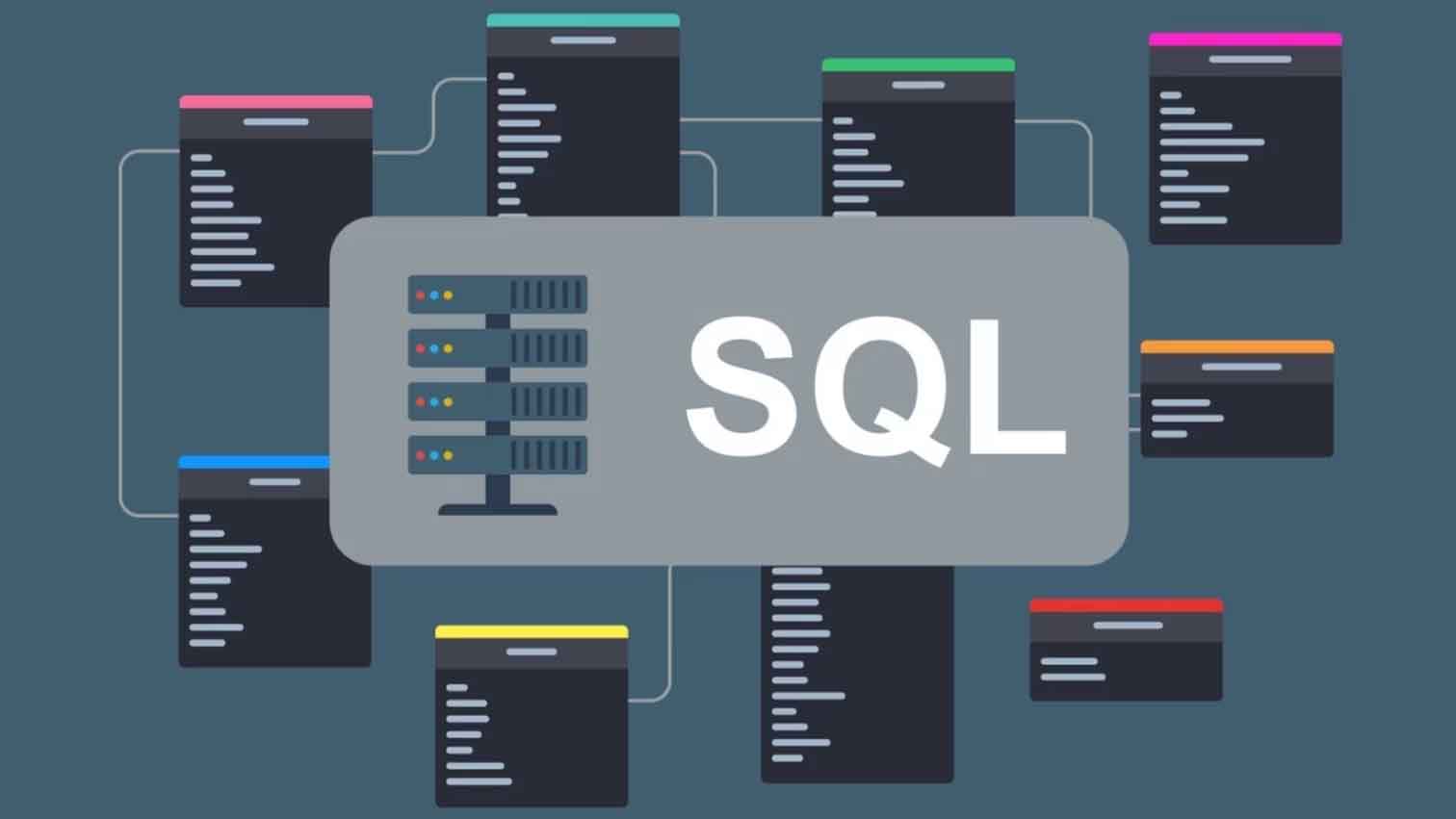
Structured Query Language (SQL) is the backbone of modern data management. It is used extensively in various industries for data storage, retrieval, and analysis. In this blog, we will explore real-world SQL applications through case studies, handling big data with SQL, and how cloud-based SQL solutions such as AWS RDS, Google BigQuery, and Azure SQL are shaping modern data management.
Case Studies on SQL Usage
1. SQL in E-commerce (Amazon, Shopify, eBay)
E-commerce giants use SQL to manage vast amounts of product listings, transactions, and customer interactions. For instance, Amazon relies on SQL to:
- Track customer purchases and recommendations using SQL queries.
- Maintain inventory levels across multiple warehouses.
- Manage payment processing systems efficiently.
2. SQL in Healthcare (Electronic Health Records - EHR)
Healthcare institutions use SQL to store and retrieve patient records, ensuring quick and accurate data access. An example is how hospitals:
- Use SQL databases to store patient history, prescriptions, and lab results.
- Query large datasets for medical research and analytics.
- Ensure compliance with regulations like HIPAA by implementing SQL-based access control.
3. SQL in Financial Services (Banking & Fraud Detection)
Banks and financial institutions rely heavily on SQL for real-time transactions and fraud detection. For instance:
- SQL helps in analyzing transaction patterns to detect fraudulent activities.
- Banks use stored procedures and triggers to automate financial workflows.
- Query optimization ensures quick processing of large volumes of transactions.
Working with Big Data in SQL
As data volume grows exponentially, traditional SQL databases need enhancements to manage and process massive datasets efficiently. The following strategies help in handling big data with SQL:
1. Partitioning and Indexing
- Partitioning large tables into smaller, more manageable chunks improves query performance.
- Indexing helps in faster data retrieval, reducing query execution time.
2. SQL with Distributed Computing (Apache Hive, Presto, Spark SQL)
- Apache Hive allows running SQL queries on distributed Hadoop datasets.
- Presto provides fast analytics on big data by executing SQL queries across various data sources.
- Spark SQL enables in-memory computing for faster query processing.
3. ETL (Extract, Transform, Load) Pipelines
- SQL is used for data transformation in ETL processes, cleaning and structuring raw data for analysis.
- Popular ETL tools like Talend and Apache Nifi use SQL-based operations for efficient data movement.
Cloud SQL: Modern SQL on Cloud Platforms
With businesses migrating to cloud solutions, SQL databases have also evolved to leverage cloud computing capabilities. Below are some of the leading cloud-based SQL solutions:
1. AWS RDS (Relational Database Service)
AWS RDS simplifies database management with automated backups, scaling, and high availability. Key features include:
- Support for multiple database engines (MySQL, PostgreSQL, SQL Server, etc.).
- Automated scaling for performance optimization.
- Multi-AZ deployments for high availability.
2. Google BigQuery
BigQuery is a serverless, highly scalable data warehouse designed for analytics. Its key benefits include:
- Running SQL queries on petabytes of data in seconds.
- AI and ML integration for predictive analytics.
- Cost-effective, pay-as-you-go pricing model.
3. Azure SQL Database
Microsoft Azure SQL Database is a managed cloud database service offering:
- AI-powered performance tuning and automated scaling.
- Built-in security features like data encryption and threat detection.
- Seamless integration with Microsoft Power BI for advanced analytics.
Conclusion
SQL remains a fundamental technology in data management across various industries. From e-commerce and healthcare to banking, SQL is essential for efficient data processing. As big data challenges grow, SQL tools and cloud-based solutions such as AWS RDS, Google BigQuery, and Azure SQL provide scalable and high-performance solutions. Mastering SQL not only improves data management but also enhances business intelligence and decision-making capabilities.
Leave a Comment